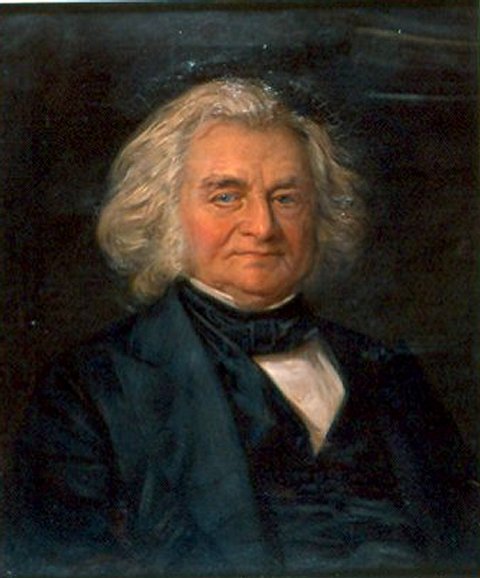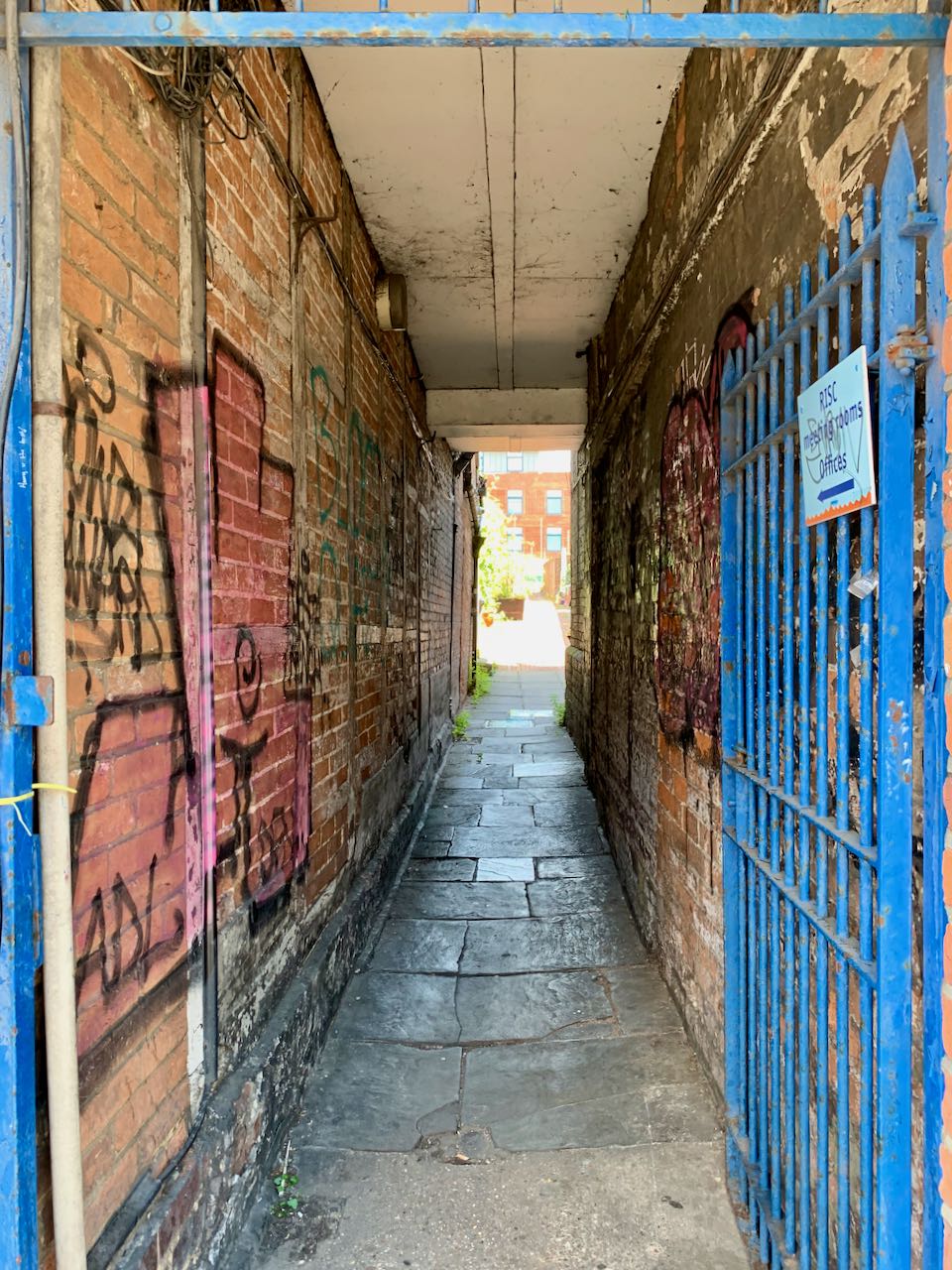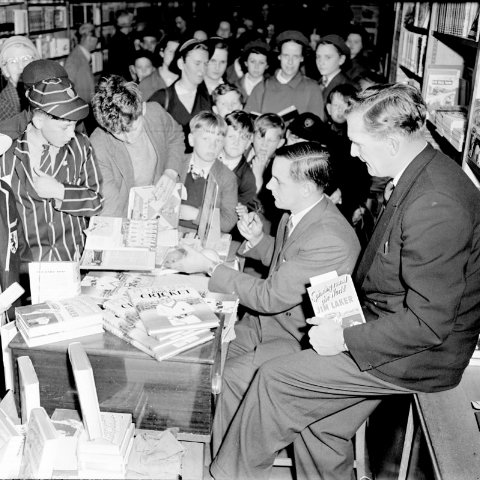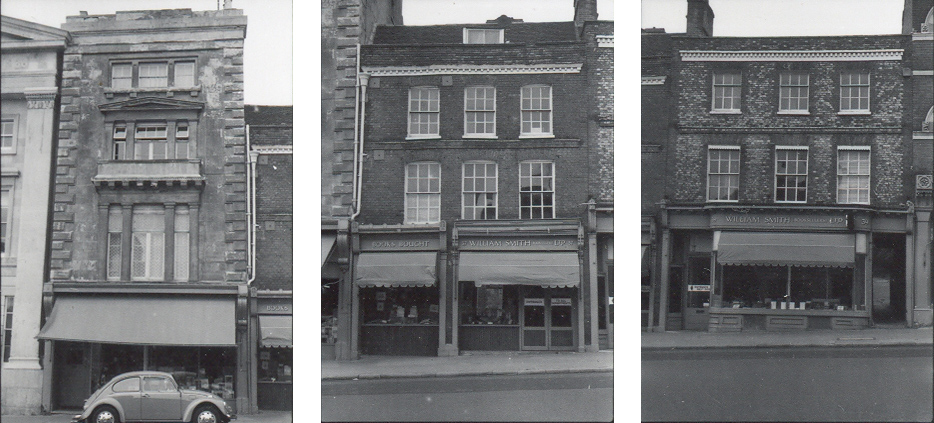London Street is over 800 years old, but how much do you know about it? In the first of two guest blogs by Evelyn Williams of the Reading Conservation Area Advisory Committee, we step back in time and take a look at the remarkable history of this road.
The construction of London Street
London Street is more than 800 years old. A new bridge over the River Kennet had been built by 1186 and the street was laid out with plots of land as part of the Abbot of Reading Abbey’s urban planning vision. The aim was to divert trade and traffic to the new market place at the gates of the Abbey. The transition from the old market place at St Mary's Butts was at first resisted by the merchants of Reading but the move was complete by the fourteenth century.
The Abbot’s new road and the new market place form the core of the Market Place/London Street conservation area. The area is one of Reading’s radial high streets that will benefit from the four year High Streets Heritage Action Zone (HSHAZ) project that is being funded by Historic England and Reading Borough Council.
35-39 London Street: change and continuity at London Street foot
35-39 London Street are the three properties currently home to Reading International Solidarity Centre (RISC). Their history is particularly weIl-documented in ‘RISC of books, stones, friends and visions’ edited by Adam Stout in 2006[1].

35-39 London Street. Evelyn Williams
Henry VIII sold off Reading Abbey lands after its dissolution in 1539. Using a survey made in 1552 by Roger Amyce, the probable ownership of the three properties can be established: 35 London Street, owned by John Leche, a dyer, was occupied by Simon Drewe; no. 37, owned by William Grey, was occupied by William Benwell; and no. 39, also owned by William Grey, was occupied by Robert Adams[2].
A physical link with the Abbey was revealed when renovations to the buildings in 1996 uncovered Reading Abbey stones in the basement of no. 35 and the wall between nos. 35 and 37. It is thought that the stones were taken from the Abbey after dissolution as building materials. Dr Ron Baxter visited to examine them and they have been fully documented in the Corpus of Romanesque Sculpture in Britain and Ireland[3]. Visitors to RISC will know that some of them have now been incorporated into the wall of one of the meeting rooms: the Stones Room.
35 London Street is a mid-nineteenth century house, architect unknown, built about the same time as the Literary Scientific and Mechanics Institute, now Great Expectations, next door. If you look up you will see that the pediment of the Institute overlaps at the top near the roof. The previous property on the site was shared between William Fynmore, a grocer and coal merchant and George Lovejoy, who opened his first bookshop there in 1832.

George Lovejoy, oil on canvas by Charles R Havell c1850. (c) Reading Borough Council, Reading Museum
37 and 39 London Street are late eighteenth century properties but 39 London Street incorporates an older building, as can be seen in the alleyway through to Sims Court. 39 London Street had a succession of owners until in 1838 George Lovejoy moved in and then in 1841 moved his bookshop here. Since then, the building has always been home to a bookshop.
In fact, Lovejoy's business was much more than a bookshop. It was a subscription library, selling stationery and prints, publishing a yearly almanac, and acting as an insurance agency, a box office for local events, and a post office.
Nicholas Hennemann who managed William Fox Talbot’s photographic studio at Russell Terrace, now Baker Street, was a customer for stationery at Lovejoy’s bookshop, which was also an outlet for their photographic prints. The ‘Reading Establishment’ as it became known closed in 1847 when Hennemann moved to new premises in London. The brief sojourn in Reading means that the town and the bookshop feature in some of the earliest photographs ever taken[4].
The property was extended, probably around 1869 when W & J T Brown tendered for materials to work on a shop and house in London Street for Mr Lovejoy[5]. Mary Lovejoy, sister of George, lived next door at no 37 from 1856 and it was absorbed into the shop premises in 1878.

Flagged passage way to Sims Court. Evelyn Williams
Alongside no.39 is the alleyway that is now used to access RISC meeting rooms and the RISC roof garden. This once led to Sim’s Court; a cluster of cheap and crowded housing. It was one of many courts on both sides of London Street behind the more impressive properties fronting the street.

Portrait of Eliza Langley. (c) Reading Borough Council, Reading Library Local Studies Collection
After Lovejoy’s death, his longtime assistant Eliza Langley took over the shop until her death in 1897. William Long then purchased the business, but in 1910 he sold it to William Smith whose family ran the shop until 1959.

The interior of William Smith & Son October 1957. The Reading born England cricket captain, Peter May with England cricketer Jim Laker signing copies of their books. (c) Reading Borough Council, Reading Museum
In 1976 Smith’s bought no. 35 and expanded across the three shops. In 1984 it became part of Blackwells until it closed in 1989 and moved to King’s Road.

35, 37 and 39 London Street in the 1970s. (c) Reading Borough Council, Reading Library Local Studies Collection
When RISC thought of acquiring the building, it had been empty for six years, was in a bad state, and the value of the property had dropped from £800,000 to £350,000. RISC organised funding and volunteers for a project to transform it into the building we know today.
In the COVID-19 times of 2020 and 2021, RISC has adapted its activities. The Global Cafe has had to close for long periods but the shop has expanded to include ‘Global Refills’, aimed at reducing packaging waste and single-use plastics.
Thank you!
Thanks for joining us on this first journey into the history of London Street! We will be following this blog very soon with another article, kindly provided by Evelyn, which continues to explore the street's remarkable eight hundred years of history.
To view more images from Reading's past, take a look at our Online Collections or Reading Library's Online Catalogue.Learn more about the Reading Conservation Area Advisory Committee by heading to the Reading CAAC website.
End notes
[1] Stout, Adam (ed) (2006). RISC. Of books, stones, friends and visions, Two Rivers Press.
[2] Harman, Leslie (1946) based on 1552 survey of Roger Amyce and Sydney Peyton’s 1919 map. See bibliography below.
[3] Corpus of Romanesque Sculpture in Britain and Ireland. Reading, 35 London Street.
[4] Andrews, Martin (2014). Fox Talbot & the Reading Establishment, Two Rivers Press. (Available from the Reading Museum shop).
[5] The Builder 28 August 1869 p696 via archive.org.





